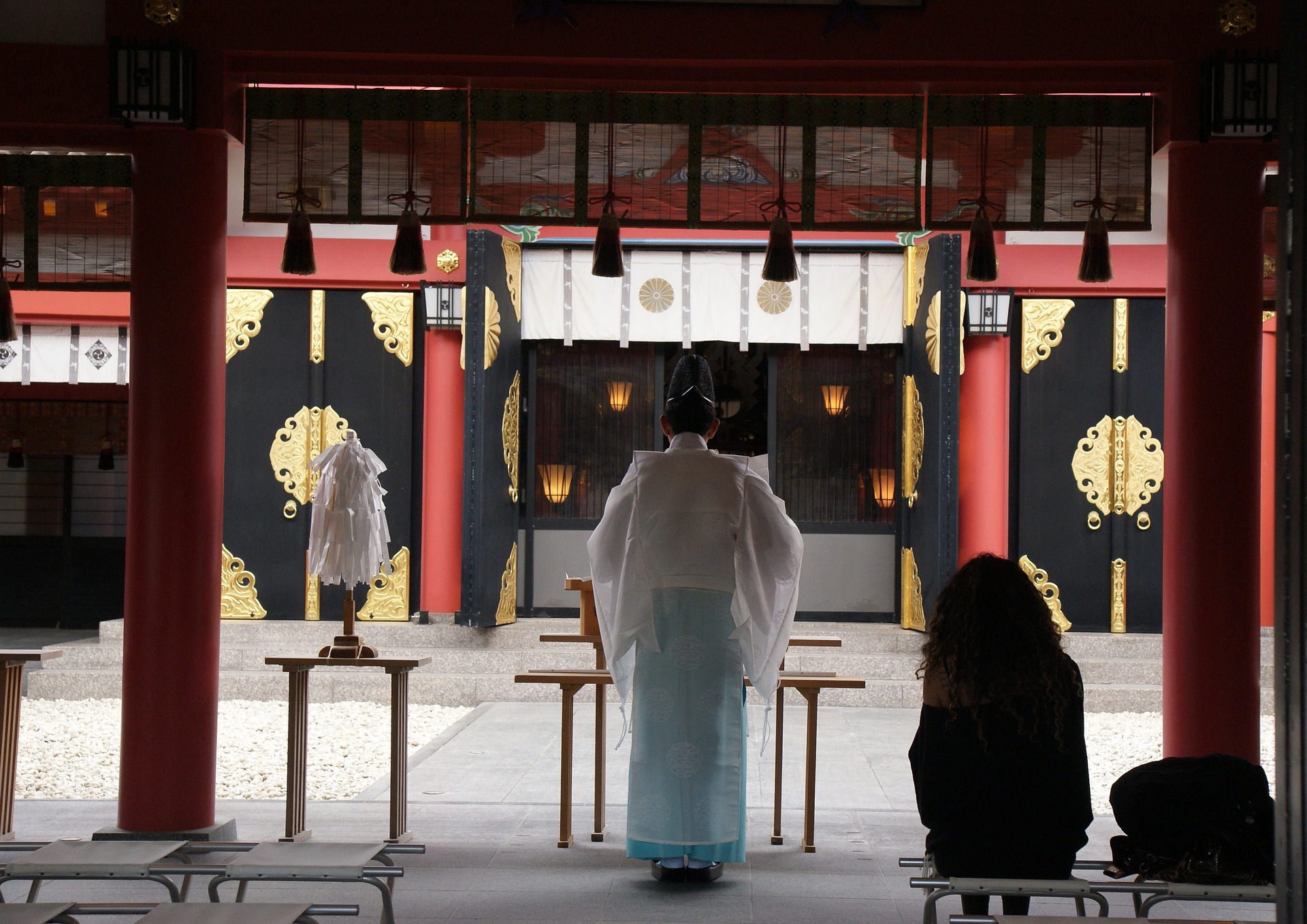When most tourists think of Japan, they picture the sea of people at Shibuya crossing, the bright lights of Shinsaibashi, or the glittering temples of Kyoto. But Japan is also home to mountains, forests, and other incredible natural areas. After you’ve sampled street food in Kyoto or gone out bar hopping in Tokyo, it might be a good idea to supplement that debauchery with a quiet retreat in nature. In this post we have shortlisted some of the most popular and well accessible trails for you!
Hiking in Japan
Japan stretches over 3,000 kilometers from north to south and about 75% of Japan is mountainous so the hiking options are endless. Japan boasts a lot of hiking trails, some of which are shorter and near major cities, but some of which are longer hikes that range from two-day excursions to six-week pilgrimages. Whether you’re an experienced mountaineer intent on getting away from people to experience nature or a history and religion buff interested in ancient temples and shrines, consider one of these hiking opportunities, all of which have something unique to offer.
When you set out for a hike in Japan always be well prepared, even when it is ‘just’ a one day hike. Know the area, wear appropriate clothing and shoes and bring enough water. Also take a map with you, as phone service can sometimes be limited. Most hikers in Japan carry a bell to alert the animals of their presence and avoid surprise encounters. Bear sightings are common in Japan, especially in the more remote areas. Needless to say you should never approach or feed the animals. Lastly, we recommend to bring a towel ad a clean set of clothes, Japan is an onsen country and nothing beats soaking in an onsen after a long day (or days) of hiking outdoors!
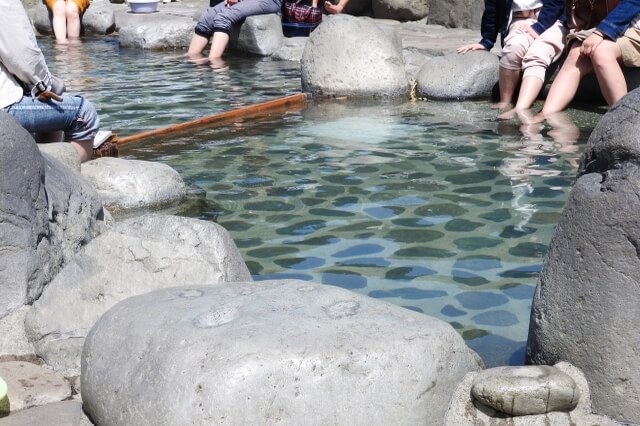
1. Mount Fuji
If there’s one spot in Japan that you’ve probably heard of before, it’s Mt. Fuji. The highest mountain in Japan, it reaches an elevation of 3,776 meters (12,389 ft). If viewing Fuji from Tokyo or other great photo locales isn’t enough, you can visit the Kawaguchiko area (also home to the famous Aokigahara forest) and take part in some of the many outdoor activities offered in the region. Climbing Mt. Fuji is a popular activity for Japanese people and tourists alike, and the area is easily accessible from Tokyo.
The official climbing season for Fuji lasts from early July to mid September. The hike up the mountain has 10 stations; you can start at the first station or take a car or bus up to the fifth station to start there. There are several routes from the fifth station to the top, some more difficult than others. Each of these routes takes 5-7 hours to get to the top, and 3 or more hours to descend.

Because of the travel time involved, you probably won’t be able to take the train to Fuji, climb it, and return in one day. If you choose to climb the entire mountain, from the 1st station to the summit, it is best to plan for two full days. There are mountain huts on each trail where you can stay the night, with some routes having more huts than others. A reservation for these huts is recommended (required) as they are crowded during the climbing season. While Fuji is not difficult by the standards of experienced mountaineers, it does pose a challenge and proper clothing and water are a must!
One downside of Fuji, in the eyes of some climbers, is its popularity. Over 300,000 people visit Fuji every year. You won’t have the mountain all to yourself, and will interact with a lot of other climbers, especially near the summit . But there are reasons Fuji is so popular: it’s got trails less-experienced hikers can tackle, and the views from the top are incredible.
2. Shikoku 88 Temples Pilgrimage


The smallest of Japan’s four main islands, Shikoku is known for its natural beauty. Those interested in experiencing Japan’s nature, spiritual culture, and history can undertake the Ohenro, a 1,200-year-old circular trail that passes 88 temples and many other sacred sites. The entire journey can take 40 or 50 days to complete on foot, but those with less time can enjoy hiking specific parts of it or undertake the trip by car or bicycle.
Shikoku can be accessed by train as well as by flights from Tokyo or Osaka. Shikoku is in the southern part of Japan, and thus has a more temperate climate than Fuji, allowing for a longer season for hiking. Most people begin the route at Ryozenji Temple, where you can pick up a nokyocho, a book that you can get stamped at the various temples. It’s also possible to obtain the traditional clothes of a pilgrim: a white shirt called an oizuru, conical hat known as a sugekasa, and walking stick.
If you don’t plan to take on the entire ohenro route, one option is a guided tour. There are options that last around one week and allow you to see temples, ocean views, mountains, and forests without needing to worry about planning for your own accommodation. Discussing a trip with a guide or tour company beforehand can also help you determine which route is best for your group based on your skill level. You can also opt for visiting some of the temples that are conveniently located near Matsuyama or combine the pilgrimage with the popular Shimanami Kaido cycling route. But for a once in a lifetime experience, taking the entire journey and experiencing all the difficulties along the way can provide a sense of accomplishment.
▶Book Shikoku Ohenro Private Guided Tour

3. Kumano Kodo Nakahechi Trail
There is another network of ancient pilgrimage trails in the Kansai region known as the Kumano Kodo. These are accessible from Osaka or Kyoto, so a trip there can be paired with a tour of popular temples and sites. There are several trails in the area of varying lengths. For a shorter visit, you can try the Daimonzaka, which takes you to beautiful waterfalls and isn’t too challenging. But if you’d like to really immerse yourself in nature, you can try the Nakahechi trail.
The Nakahechi has been walked by members of the Imperial Family, hence its nickname The Imperial Route, and goes for 38 kilometers. It visits several popular shrines, and best of all, there are signs in English to help you on your journey. There are ryokan, traditional Japanese inns, about halfway through. Advanced hikers can continue on to the Kogumotori-goe, an additional trail that explores more secluded forests away from the towns and tourist areas.


4. Koyasan
One of the best-kept secrets of the Kansai region is Koyasan. Located about 90 minutes south of Osaka by train in the Wakayama area, Koyasan, or Mount Koya, is the site of a large monastery complex founded in the year 816. It’s possible to take a cable car up the steep slopes to the top, where you can walk through an ancient cemetery, see temples and shrines, and interact with monks. It’s a truly beautiful spot, and though it can be accessed by public transportation, some choose to make the experience even more rewarding by hiking the mountain.
The Choishi Michi trail is 24 kilometers and runs through forested mountain areas. Throughout the trail are Choishi, large stone pillars in the shape of a pagoda. Because there are a lot of ways to experience Koyasan, the trails should not be overly crowded. There are also unique accommodation options, including the ability to stay at a temple overnight known as shokubo. If you don’t think you can complete the entire trail, it’s possible to shorten the route by starting in different places along the way. But if you’re truly ambitious, you can take on the Kohechi Trail, which connects Koyasan to the Kumano Kodo.


5. Kamikochi
A popular summer destination is Kamikochi, located in Nagano prefecture in central Honshu, northwest of Tokyo. With a name that roughly translates to “Where gods descend,” Kamikochi lies in Chubu Sangaku National Park, an area with gorgeous mountains, ponds, rivers, and other photogenic locales known as the “Japanese Alps” due to its impressive snow-capped peaks. Because of its popularity, during the months of July and August, there will be a lot of tourists. To get away from them and out into nature, you can try some of the walking trails, which reach around 1,500 meters in elevation, or hike the historic Tokugo Pass.
The Tokugo Pass is between 16 and 23 kilometers depending on how much of it you hike, and contains some areas that are quite steep on its way to 2,000 meters in elevation. However, the views are absolutely incredible and well worth it. There are campsites in the area, as well as hotels and lodges. Another popular hike is on Mount Yakedake, an active volcano. Other mountain treks, including Mount Jonen and Mount Oku-Hotakadake, are not for novices, and some, like Mt. Yari, can actually be quite dangerous.
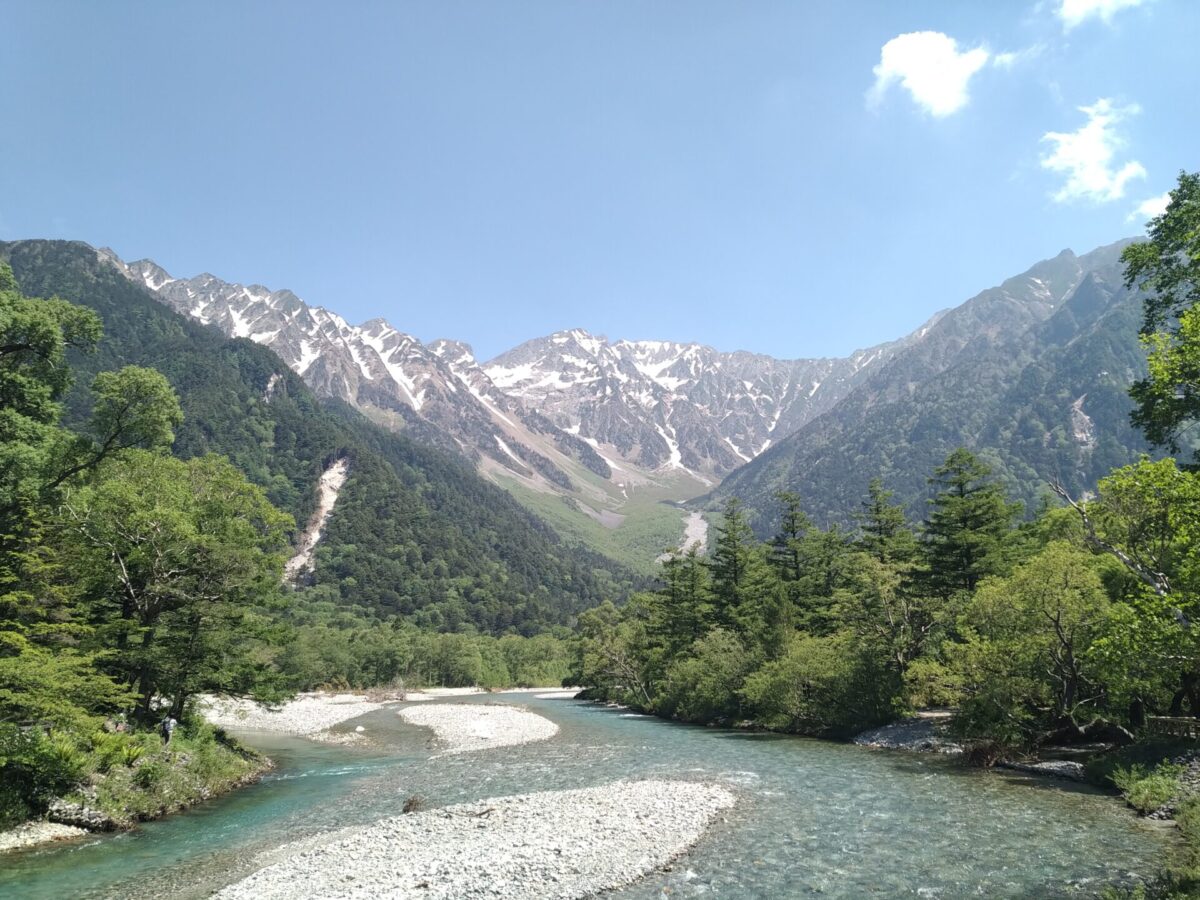

The nice part about these mountain trails is that many are interconnected, so you can plan an excursion from a starting point of your choosing and go for as long as you desire, hitting all the points on your list. If you’re planning to take on some difficult hikes, it’s necessary to submit your itinerary to the local authorities.
6. Shinetsu Trail
Serious hikers looking for a long-distance journey can try the Shinetsu trail, which runs for 80 kilometers through the Sekida Mountain range on the border of Nagano and Niigata prefectures. It is helpfully divided into six sections, with each section taking a day, or six days in total. The best times to visit are in the spring and in autumn as the leaves change color. The terrain is not terribly demanding, but there have been bear sightings in the area, and you will certainly be away from civilization for some stretches.
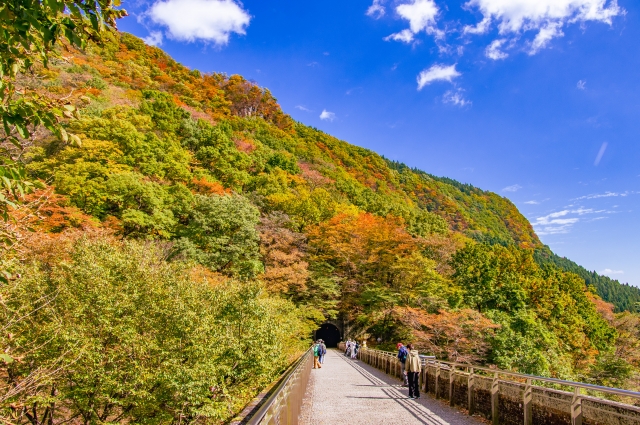

Apple2000, CC BY-SA 4.0, via Wikimedia Commons
Beginning in Mount Madarao near Iiyama, the trail is not near any major cities, so it’s a good idea to plan a day or two on either side of your trip for travel if you’re coming from Tokyo or Osaka. On the route, you’ll visit marshland, lakes, and small villages, as well as a great deal of forest trails. You can camp to stay out in nature, or find local accommodation. If you’d rather not go through the hassle of planning a long backpacking trip by yourself, a tour operator can help you out.

The Best Hiking Tours in Japan
▶Mt. Fuji Pilgrim Hiking (1st to 5th Station)
This tour follows the traditional pilgrimage route from the base (Umagaeshi) to the 5th station. You’ll enjoy the historical and cultural heritage along the way. You will start hiking in the forest area and then start to see it change to a more mountainous terrain when you approach the forest limit line (2,500m). You will hike approximately 6 km (3.7 miles) for 4 hours. Enjoy this spiritual and relaxing hike with our professional local guide who will tell you about the ancient history of Mt. Fuji!

▶Japan Alps Kamikochi Day Hike with Government-Licensed Guide
Kamikochi hiking course along the Azusa River is well maintained and almost flat. This value-packed trail day hike with a government-licensed and experienced multilingual tour guide is a fantastic and efficient way to explore Japan Alps! It is about 3.5 kilometers (2 miles) long and has only gentle elevation changes which take around 2-4 hours to easy walk at a leisurely pace.
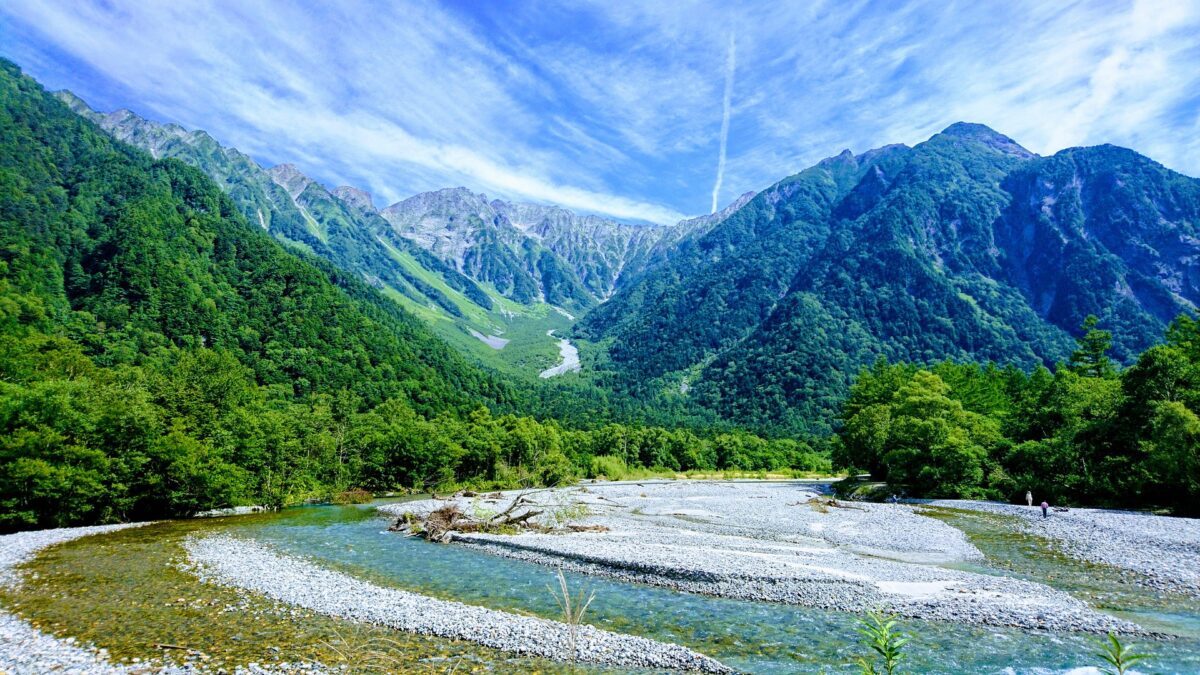
▶Kumano Kodo Pilgrimage Full-Day Private Trip with Government Licensed Guide
This value-packed trip with a government-licensed and experienced multilingual tour guide is a fantastic and efficient way to explore the Kumano Kodo!
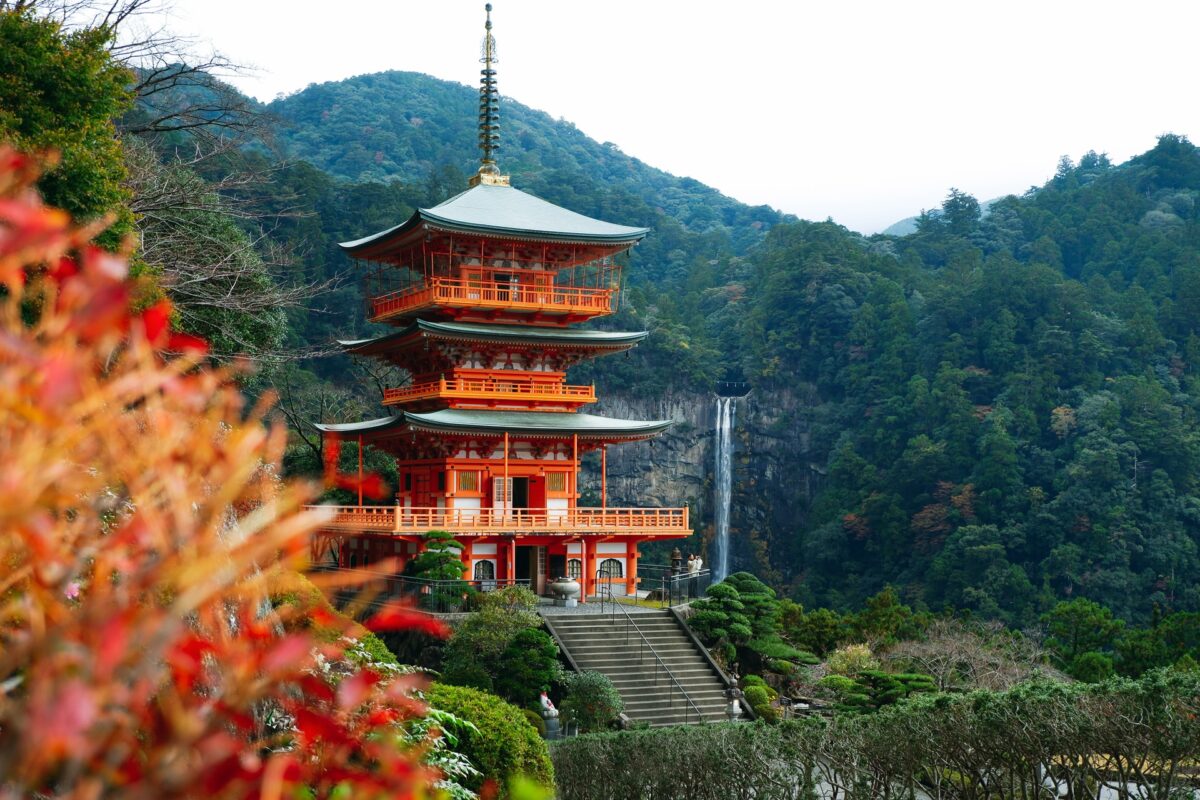
These are some of the most popular hikes in Japan with easy access. Have you been on any multi-day hikes in Japan? Let us know your favorite outdoor spots, or where you’re most interested in going!
Follow us on Instagram, Facebook, Twitter, and TikTok for more travel inspiration. Or tag us to get featured!
Happy traveling!
Blogs you might also enjoy

Gregg Maxwell Parker is an author and screenwriter best known for the book Troublemakers. Originally from the United States, he moved to Kobe in 2018. Gregg and his wife, Eriko, are the minds behind the blog As Seen In Japan, where they share pictures and stories from everyday Japanese life. They can be found on Twitter and Instagram.
This post may contain some affiliate links. When you click through and make a purchase we may receive some commission, at no extra costs to you





